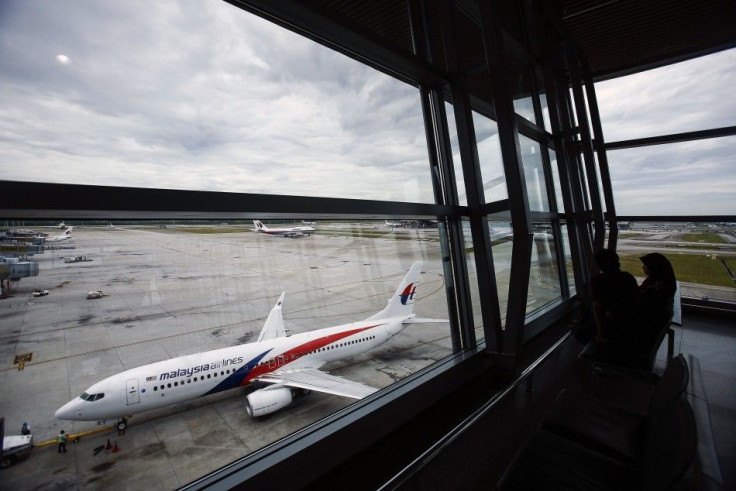Malaysia Airlines Flight MH370: Still No End in Sight, New Search Zone to Be Announced End of June

A hundred days after it first went missing and with apparently still no end in sight, authorities investigating into the missing Malaysia Airlines Flight MH370 continued to rally on hoping for a glimmer of hope. Australia's Joint Agency Coordination Centre on Wednesday said a new search zone will be released by end of June.
The search for the missing Malaysia Airlines' missing Flight 370 will basically be moved to the southwest of the area in the Indian Ocean which had been scanned in May.
The shift is premised on the ping signals between the missing Boeing 777-200 and a satellite operated by the London-based company Inmarsat in the early hours before the plane vanished on March 8.
Australia's Joint Agency Coordination Centre told Bloomberg investigators have been "analyzing satellite and plane data to arrive at a consensus on the area that offers the highest probability of finding the missing aircraft."
"That work is nearly complete and the revised search area, as agreed by the specialists, is expected to be announced before the end of June," the centre said.
Inmarsat earlier told the BBC that the "hotspot" it provided for Australia to look into was not yet searched because vessels believed the pings they detected came from Flight 370's black boxes.
"It was by no means an unrealistic location," Inmarsat's Chris Ashton told "Horizon," a BBC news magazine program. "But it was further to the north and east than our area of highest probability."
Australia is set to hire a private company to scour the ocean once it releases the new search zone.
"We can identify a path that matches exactly with all those frequency measurements and with the timing measurements and lands on the final arc at a particular location, which then gives us a sort of a hotspot area on the final arc where we believe the most likely area is," Ashton said.
Chris McLaughlin, an Inmarsat vice president in London, said four other independent analyses of the data have also indicated "a more southerly position, closer to the seventh arc." These independent analyses came from experts at Boeing, the French electronics group Thales and investigators in Australia and Malaysia.
"So we believe the next stage of the search will be concentrated around the outcome of this data," McLaughlin said.
Katie Potts, a representative from Inmarsat, however said the analysis "is just one element of a collaborative effort." It poses no guarantees.
"Because there are many uncertainties due to the lack of aircraft performance and tracking data, a specific final location in the Southern Ocean cannot be identified," Potts stressed to CBS News.





















